Schedule a Call Back
Robotics & computing are key drivers for Dow's R&D productivity
 Interviews
Interviews- Dec 01,17

Dr A N Sreeram is the Senior VP and Chief Technology Officer of The Dow Chemical Company - the Midland (Michigan, USA) headquartered firm that has been recognised with more US Presidential Green Chemistry awards than any other company. Dr Sreeram, who holds more than 20 US issued patents, graduated from IIT-BHU (Varanasi) and went on to earn his doctorate from the Department of Material Science & Engineering at Massachusetts Institute of Technology (MIT), USA. A champion of high-throughput research, Dr Sreeram, through this exclusive interview with IPF, highlights the importance of technology in R&D.
As a CTO of one of the leading global chemical companies, what are your top priorities at present? Where does India fit in this?
My top priority is making the company even more successful. That means a keen focus on the customer, providing solutions that solve customer problems. I have focused and continue to focus on close partnership with our customers. Customer intimacy allows us to work on the right problems and to minimise bumps on the road to commercialisation. Collaboration with our customers allows us to innovate where innovation is needed.
India presents many opportunities. It is a unique market with its own challenges. We have Research and Development (R&D) facilities in India to both access the great talent present, but also to allow us to meet unique customer needs.
What does it take for companies to quicken the pace of commercialisation of new products (ie, taking new products from lab to market)?
There are three key components to commercialisation of new products. The first is ‘customer intimacy’, which I have already mentioned. By working closely with our customers, we reduce the failures and allow the successes to move to the market more seamlessly. The second is ‘speeding up the pace of R&D’. I have been a champion of high-throughput research. We have invested in advanced robotics and the computing to allow us to do more experiments than ever before. The third is ‘focus’. We continue to hone our businesses, narrowing our focus on areas where we know the markets and are able to introduce innovations that are impactful. We prioritise our R&D portfolio using rigorous metrics, focusing on those projects with the largest benefit.
What are the big challenges before the world today and how can chemistry (material science) help solve them?
I think everyone defaults to the same list: energy, food, water and shelter. As the world population grows, we need more of each. Chemistry and material science are important in all four, and they are intertwined. Chemistry makes better packaging, preserving food better. We currently waste 40% of the food that is grown. Getting to market and to people is one-way material science plays a role. Insulation provides shelter, but also saves energy. Innovations that provide better sealing and insulation of building envelopes is a materials issue. The list goes on and on.
The cost of research is increasing. On the other hand, the lifespan of new products is becoming shorter and shorter with innovative technologies replacing existing ones. How do you overcome these challenges?
I would disagree with this premise. As a company, we have pioneered the development and application of high throughput experimental methods in our industry, which have resulted in lower costs per experiment. We can cover a much larger experimental space and get to breakthrough solutions faster for the same cost. R&D is certainly expensive, but it creates value. It is the value relative to the cost that is important, and we have shown that we are good stewards of the R&D funding we get. R&D is an investment that gives returns.
We innovate to push the limits of what is possible. Steel and concrete have been used for generations, and many of the materials we use today will be used far into the future. Many of our new advances open new markets rather than replace existing products. There are clearly examples where new chemical products obsoleted incumbent products. More common is that the new products are additive, expanding into new areas where there were not good solutions.
How important is the role of technologies in increasing the pace of R&D?
During my time with the company, I have been a champion for high throughput research. We are doing more experiments, doing them faster, and, most importantly, turning results into commercial products faster than ever before. High throughput research is more than just instrumentation – we have built integrated capabilities so that we are not just shifting bottlenecks. We have also placed emphasis on rigorous statistical approaches to innovation, using large data sets to create predictive models. Advanced computing is a big part of this – both in terms of data modeling as well as material design. Robotics and computing are key drivers for our R&D productivity.
How is your company leveraging on digitisation and big data analytics to propel R&D activity?
High-throughput research uses robotics and information technology to do experiments and analyse the results. They are key technologies driving our efforts. We employ advanced statistical models and quantitative models that allow us to pull signals from the noise.
What are the emerging trends in the global chemical industry?
Customers are demanding more sustainable solutions, and we are meeting the challenge. Our focus is on sustainable solutions that actually deliver benefits to consumers with respect to performance and cost. These considerations are key and often overlooked - if products are not competitive with respect to cost and performance, they will not be adopted, and any sustainability benefits not realised. We provide innovative solutions that use fewer resources and provide larger benefits than current products. We look across the life cycle to ensure that we are providing the most economical, most sustainable solutions to our customers.
How we deliver innovation is changing, and Dow’s leadership in integrated high approaches as well as the computational science of materials design and data modeling has transformed how we achieve new solutions for our customers.
Underlying everything we do is an unwavering commitment to and leadership in safe operations and product stewardship. As an example, we have has been recognised with more US Presidential Green Chemistry awards than any other company.
Do you think technology is actually breaking down the cost of innovation?
Innovation is still expensive in the chemical industry, but technology certainly plays a role in keeping costs down. Technology allows us to do more, faster. The result is that technology creates value by developing superior solutions faster.
Global auto industry is moving towards electrification. What role materials science can play in this development?
How is Dow supporting e-vehicle industry?
The easy answer is better batteries. I am going to offer a slightly different perspective. The American Chemistry Council reports that the average car produced today is 50% by volume plastics and composites. They are there to make the cars lighter weight and safer. Materials science will be in cars whether they electrify or not. Moving heavy batteries around makes keeping the rest of the car light even more important.
Electrification requires harnessing electrical power through batteries, capacitors and other high-tech components. It also requires materials to insulate and house those components. Certainly, material science plays a large role in improving batteries; it also plays a big role in making the vehicle.
The energy density of batteries is still substantially less than that of gasoline, and immediate solutions to this challenge are not obvious. Light weighting vehicles while continuing to improve vehicle safety will continue to play an important role in electric vehicle design, and material science is critical to these advances.
At present, where does India stand in the global chemical research space? Do you think India can become a major player in R&D in future?
As the fourth-fastest-growing economy, India is making strides to develop a manufacturing base to address the local demand. India is well positioned for growth, given its large market and significant workforce with diverse skills. Sustained investment in R&D, a growing local market and policy reforms for intellectual property will aid India’s transformation as an economy that leverages innovation to solve the country’s most pressing challenges.
If India has to emerge as a global manufacturing hub, it has to invest in R&D. What are your views on this?
India’s transformation into a global R&D hub depends on the continued development of talent as well as a strong focus on solving important challenges to create technologies the market needs and wants. Many enterprises that already have a manufacturing base in the country are also investing in R&D and application development centers - a positive direction for the country.
Is your company looking at increasing its R&D footprint in India? If yes, could you please elaborate?
India continues to be a priority market for us. We are in the process of establishing a fully equipped ‘India Technology Centre’ which will cater to industries like packaging, polyurethanes, consumer care, and coatings among others. The center will be dedicated to identifying, assessing and creating commercial solutions for the market. Guided by industry experts, our teams will partner with our customers in India to bring new solutions to market.
Related Stories
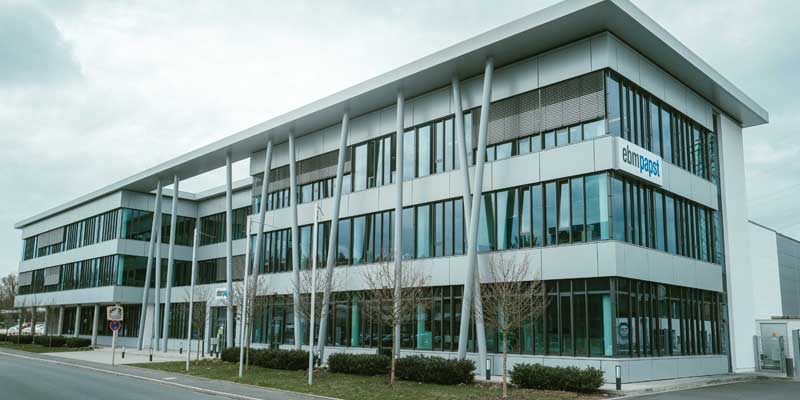
Impact of Siemens’ new acquisition on industrial drive market
Siemens’ acquisition of ebm-papst’s industrial drive technology (IDT) business opens up wider global market access for these products, leveraging Siemens’ extensive global sales channels, says..
Read more
Robotics promises big productivity gains in auto industry: GlobalData
In a dynamic era of technological advancement, the automotive industry stands at the precipice of a revolution driven by robotics, as per GlobalData’s new research report, “Robotics in Automotiv..
Read more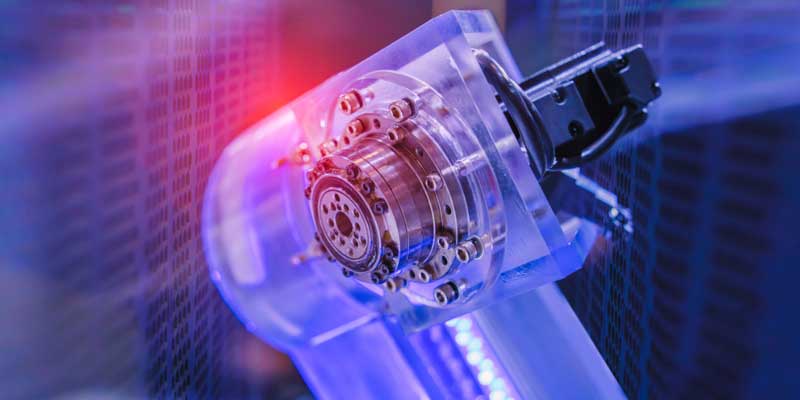
Increasing automation drives servo motors demand
The market for servo motors was significantly influenced by the growing use of automation across a number of industries, including manufacturing, automotive, electronics, and packaging, says Adroit ..
Read moreRelated Products
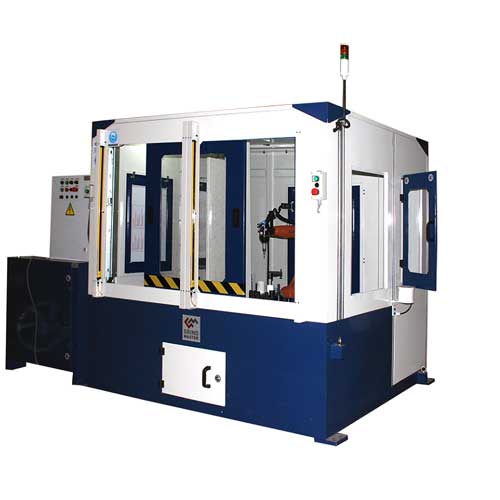
Robotic Deflashing of Aluminium Casting
Grind Master Robotic Deflashing Machine is an advanced and most reliable machine for Aluminium components. Robotic deflashing is a revolutionary technology developed by Grind Master Machines Pvt Lt Read more
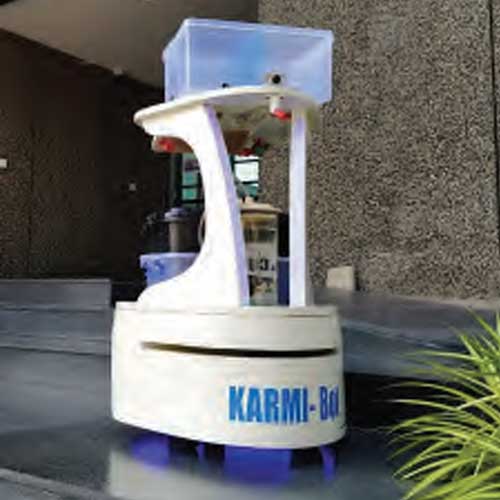
Karmi Bot
Asimov Robotics offers a wide range of Karmi Bot.
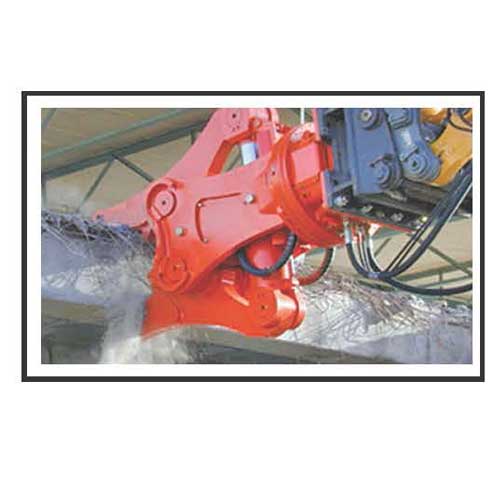
Ductbot Compact Robotic Inspection System
Robosoft Systems offers a wide range of compact DuctBot robotic inspection systems. Read more














